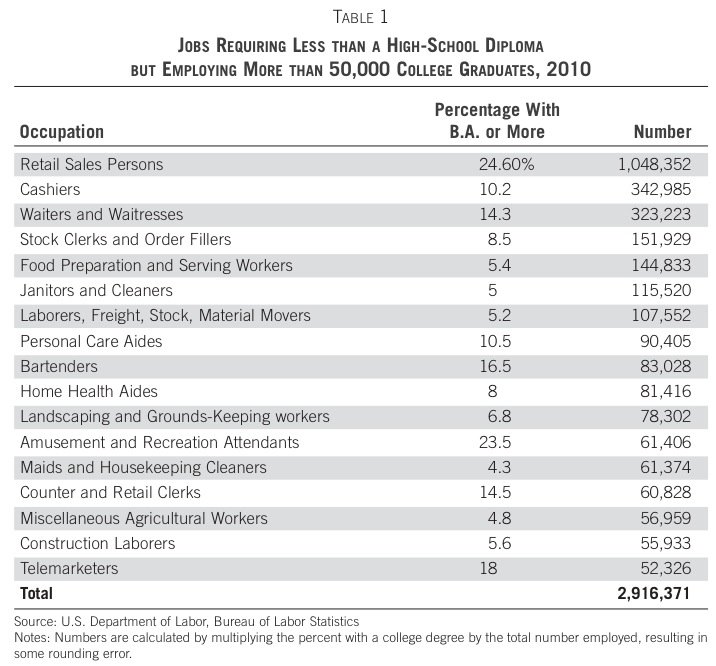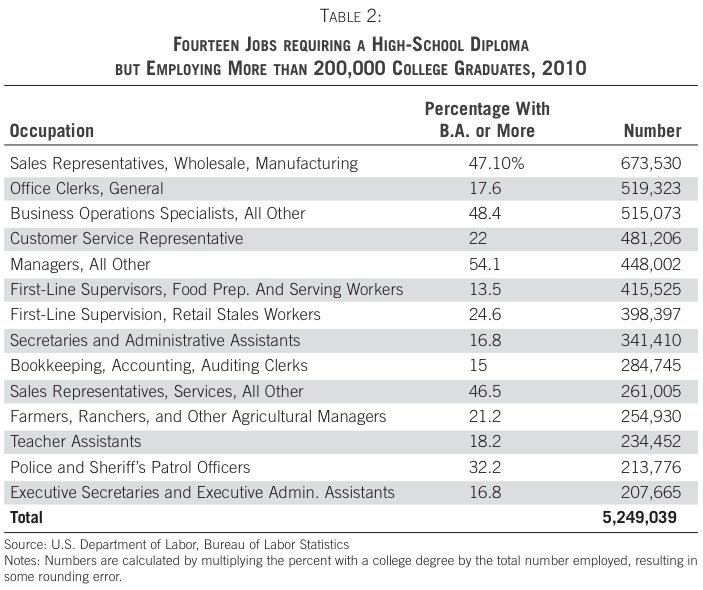I want to wrap up the current series of
blogs we’ve been working on for the last couple of weeks. The premise of the
discussion thus far is that many individuals in the workforce find themselves
in part-time jobs that are not fully utilizing their skills, abilities, and
talents.
Some of these people may also find the
possibility of transitioning into a full-time real estate agent position as an
attractive alternative to their current circumstances.
If you haven’t read the previous two blogs
in this series, it may be helpful to catch-up (Part 1, Part 2) before reading
today’s conclusion.
Assuming you’ve bought into the premise of our discussion, the next question you may be asking is:
If there are talented individuals languishing
in part-time jobs, how do I find them?
The quick answer is figure out where
they’re working now. This may not be as hard as it sounds—searching through
some of the Bureau of Labor and Statistics (BLS) data will help us uncover some
answers.
Here are two tables of data that I found
particularly helpful, and I’ve also provided some commentary on each data set.
1.
People working in jobs that require less than a high-school education,
who are college graduates.

If a person finds themselves in one of
these professions after going through the hard work and financial sacrifice of
getting a college degree, I would suspect that many of them are very
frustrated. They are even more
frustrated if they can only get part-time hours.
Not all of these job categories would be a
natural fit for the real estate industry, but the following professions contain
a higher percentage of those who could make the transition to real estate:
-Retail Sales Persons
-Waiters and Waitresses
-Bartenders
-Home Health Aides
-Telemarketers
Of the 2.9 million people represented in
this chart, 1.6 million are employed in these five professions.
2.
People working in jobs that require a high-school education who are college
graduates.

Moving up the employment food chain, the next table
documents those who are closer to what they would consider a desirable job, but
still not quite there.
Almost all of the categories in this group
could be viable candidate pools for real estate agents with perhaps the
exception of agriculture workers.
Between the two data sets, there are over
six million college educated individuals (of all ages) who are working in jobs
where they are overqualified. If you also consider that many of these
individuals are being forced to work part-time, it’s easy to see why many of
them are languishing.
How do these candidate numbers compare to
the number of existing real estate agents in the United States?
The most recent estimates I’ve found report
the total number of real estate agents and brokers to be about 2.5 million
(900,000 of these agents are Realtors).
If the real estate industry needs to
replace 250,000 agents each year (I believe this is a conservative estimate),
then a candidate pool of six million is enough to fill this need adequately.
It is not a stretch to believe that 4% of
the candidate pool is a potential fit for a real estate agent position.
Conclusion. There are many companies in the real
estate industry who focus on the conventional candidate pools of experienced
agents (agents working for competitors) and new agents who have independently
made the decision to pursue a real estate career (these candidates typically
show up on a real estate commission’s newly licensed list).
While these candidate pools are important
recruiting sources (and should continue to be pursued), many real estate
companies do not pursue the “third-pool” of candidates. The third pool of candidates are the six million
individuals identified above.
Those companies who learn to recruit successfully
from the third pool will face less competition in the recruiting process, will
bring innovation into their companies at a higher rate, and will continue to improve their workforces.
Join the WorkPuzzle Discussion at the Tidemark Online Community (TMOC)
Engage in the WorkPuzzle discussion by joining the TMOC private social network. Commenting on a public blog like WorkPuzzle can be a little intimidating, so why not join the discussion inside the privacy of the TMOC discussion group?
By joining TMOC, you'll get to see who else is in the group and your comments will only be seen by those whom you trust. Joining TMOC is quick, easy, and free (no kidding…this takes less than 2 minutes). To get started, click here.
Already of a member of TMOC? If so, join the WorkPuzzle Dialog Group by clicking on the WorkPuzzle Group icon on the left side of your TMOC homepage. Questions? Email the WorkPuzzle editor (workpuzzle@hiringcenter.net) and we'll walk through the process.
 Editor's Note: This article was written by Ben Hess. Ben is the Founding Partner and Managing Director of Tidemark, Inc. and a regular contributor to WorkPuzzle.
Editor's Note: This article was written by Ben Hess. Ben is the Founding Partner and Managing Director of Tidemark, Inc. and a regular contributor to WorkPuzzle.

